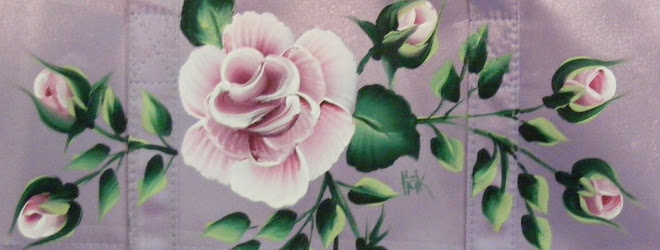I asked him if he was selling something, but he said he was not a telemarketer. He told me to go to my computer.
I immediately suspected a scam, but I was curious, so I went along with him. I had no intention of letting him get access to my computer, though. He asked me about my Microsoft button. I don't have one on my computer, but I knew what he was talking about. He insisted that I had a Microsoft button on the lower left corner of my keyboard, next to the Fn button. I insisted that I didn't have one. He seemed to be getting a bit exasperated and then asked if I had a Mac. When I told him I did not, he went back to insisting that I have a Microsoft button. Then he hung up on me.
I looked at the caller ID and found the phone number; instead of a name there was a long numeric code. I also saw that this number called me twice yesterday. I tried to call the number from my cell phone, but got a recorded message saying that my call cannot be completed as dialed. I have hunch that this is on a relay, where the call originates overseas, but comes up as a U.S. number.
So I spent the next hour trying to do a reverse phone number lookup. The reverse-lookup sites all seem to want you to pay for information, but I finally found an article that helped: http://www.cbsnews.com/8301-505143_162-28648080/reverse-cell-phone-lookup-service-is-free-and-simple/
In that article was a link to PhoneLookup.com, where I looked up the number. The result was that the number is an "unpublished" "landline" in "Freemont, CA."
http://www.phonelookup.com/1/510-943-3040
There's a link there to another site that charges a fee for the name. Not gonna do it.
What made the search worthwhile was the comment by Anonymous, dated September 26, 2012:
"Caller has S. Asian accent...Pretend to be from Microsoft, offering to fix 'error' messages on computer. Ask user to allow for remote computer access."
This is exactly what I suspected.
While I was writing this blog my phone rang. There was nobody on the line when my husband answered. Sure enough, the caller ID reads 510-943-3040! This jerk isn't giving up.
My next step was to contact my telephone provider, which is Comcast. The service rep told me that this is definitely harrassment. He said that if we get another call from that number we should dial *57 immediately and that will track the call. After that I should call the local police and report this harrassment. Finally I can block that phone number by using *60. Those numbers are for Comcast and I assume that they would be different codes for other telephone providers.
If you get any calls from this guy/phone number, contact your telphone provider and they will tell you what to do.
Let's put this guy out of business.



















